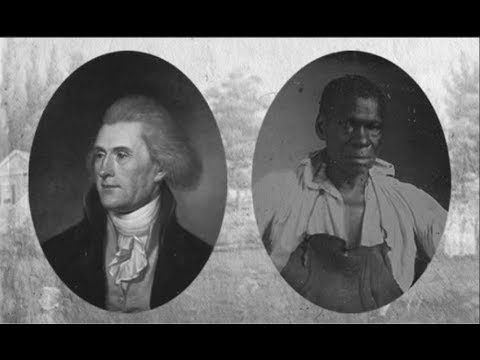In the annals of history, there are countless stories of individuals who have been unjustly exploited and subjected to unthinkable horrors in the pursuit of power, curiosity, or entertainment. However, few tales are as heart-wrenching and emblematic of this exploitation as that of Sarah Baartman.
Sarah Baartman, a young woman born in 1789 in the Eastern Cape region of South Africa, was tragically thrust into a life marked by unimaginable suffering and exploitation. She fell victim to the insidious practice of human exhibition, where individuals from marginalized groups were put on display like animals for European audiences.
Nicknamed “Hottentot Venus” due to racist stereotypes perpetuated by Europeans at that time, Baartman was forced to leave her home and travel across continents under false pretenses. Promised wealth and success by a manipulative show promoter named Hendrik Cezar, she embarked on a journey that would strip her not only of her dignity but also her very essence as a human being.
Arriving in Europe in 1810, Baartman was immediately subjected to humiliation and objectification. Her physical features, particularly her large buttocks and elongated labia, became targets of fascination for European scientists who saw her as an opportunity for “study” and “examination.” Medical professionals used her body as a specimen to perpetuate stereotypical notions about Black women’s supposed hypersexuality and primitivism.
Baartman found herself displayed in various freak shows across London and Paris to satisfy curious crowds eager to see the so-called “savage African.” Her life became nothing more than a spectacle built upon racism, xenophobia, and dehumanization.
One can only begin to imagine the traumatic toll this relentless exploitation had on Baartman’s mental health. ripped away from her homeland, condemned to a life of objectification and ridicule, she was confined to the role of a sideshow freak by those who claimed their superiority over her.
Sadly, even after Baartman’s death in 1815 at the young age of 26, her suffering continued. Her body was dissected and examined further – a horrific act that denied her even the most basic respect in death. It was not until 2002, almost two centuries later, that her remains were finally repatriated to South Africa and laid to rest.
The story of Sarah Baartman is a stark reminder of the deep-rooted injustice prevalent throughout history. It serves as an indictment of the indifference and cruelty with which humanity can treat one another for personal or societal gain.
While it may be tempting to view Baartman’s story as an isolated incident of exploitation, it is essential to reflect on our own world today. Discrimination, racism, and xenophobia still persist in various forms across the globe. The exploitation and dehumanization we witness today may not manifest identically to Baartman’s experience but are equally damaging and deserving of our attention.
By shedding light on the heartbreaking plight endured by Sarah Baartman, we honor her memory and reaffirm our commitment to fight against all forms of injustice. It is our responsibility to ensure that every individual is treated with dignity and respect, regardless of their race or background.
Remembering Sarah Baartman means acknowledging that history has been marred by countless injustices. We must confront this dark legacy head-on if we hope to create a future where exploitation is a thing of the past. It is time for us to stand together against bigotry in all its forms and work towards building an equitable society where human dignity triumphs over exploitation. Only then can we do justice not only to Sarah Baartman’s memory but also fulfill our obligation towards a better world for all.





